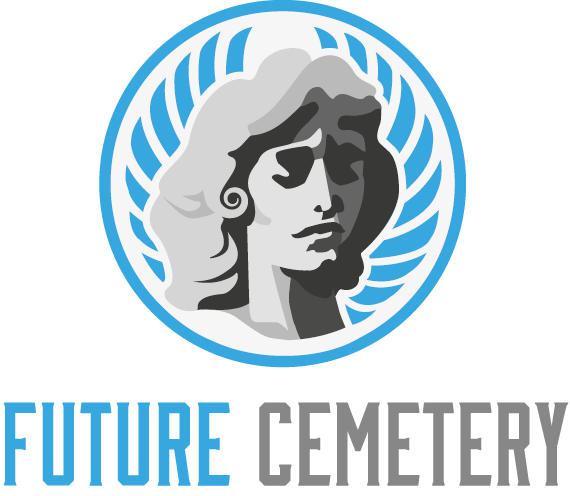Funeral directors make arrangements for the transport, preparation and burial or cremation of a dead person. They are also responsible for filing the death certificate. They must be licensed in New York.
Embalmers and funeral directors must be registered with the state. They must also pass an exam and meet other licensing requirements.
Professionalism
Licensed funeral establishments, embalmers, funeral directors, and apprentice embalmers and their facilities are committed to the professional practice of mortuary science. As such, they adhere to strict health related regulations set forth by state licensing and governmental agencies. The Conference and ABFSE advocate for consumer protection, consistent interpretation and enforcement of laws governing the profession and provides examination services (including the national board exam), education, and information to funeral service professionals, licensees, consumers, governmental agencies, and educators. The Bureau regulates 13 different license categories, including funeral homes, embalmers, funeral directing and embalming schools. It does not license cemeteries operated by religious organizations, cities, counties, cemetery districts or the military.
Trust
The Funeral and Cemetery Bureau (Bureau) advocates consumer protection and licensee compliance through proactive education and consistent interpretation and application of the laws governing the funeral and cemetery industry. The Bureau licenses and regulates 13 different licensing categories: funeral establishments, directors, embalmers, apprentice embalmers, funeral service vehicles, mortuary salespersons, crematories, cemetery brokers/branch/additional, cemeteries, and cremated remains disposers. The Bureau also administers HRA’s Burial Assistance Program to reimburse funeral expenses incurred by low-income decedents and/or provide pre-approval payment for the cost of a planned funeral. To receive reimbursement for funeral expenses, the applicant must submit original itemized funeral bills signed by the Funeral Director and stamped “Paid-in-Full” along with an affidavit from the Funeral Director. To request pre-approval for the cost of a planned funeral, the applicant must submit an Organizational Friend Form.
Reputation
The reputation of a funeral bureau is based on the quality of service and the level of professionalism provided by the staff. A good reputation builds trust, which in turn leads to increased business. A positive reputation also helps a funeral home attract future staff members and business partners.
NFDA membership offers numerous resources that support the success of funeral directors and embalmers, including a wide selection of Continuing Education programs, legal forms, studies, reports, model laws and more. In addition, NFDA’s Advocacy team is constantly working to have a positive impact on national laws and regulations that directly affect you and your small business.
The Board licenses 13,500 active funeral directors, embalmers, funeral establishments and embalming services as well as nearly 200 licensed cemeteries in California. The Bureau investigates complaints against these entities and works to protect consumers through proactive education and consistent interpretation and application of the laws governing the death care industry. The Board is a member of the International Conference of Funeral Service Examining Boards which facilitates inter-jurisdictional communication and information sharing.
Availability
The Bureau licenses and regulates 13 licensing categories of funeral service professionals, including funeral directors, embalmers, apprentice embalmers, interns, crematory operators and funeral establishments. It also investigates complaints and imposes disciplinary sanctions.
Funeral service workers often work an unpredictable schedule, as they are called upon to respond to deaths and burials at all hours of the day and night. They must have a healthy attitude towards death and be comfortable working with people at extremely emotional times. They must also complete extensive educational requirements and an internship, as well as pass national and state licensure exams.
SC LLR can assist you with examination information and materials, continuing education requirements and opportunities, licensure applications and renewals, board information and more. Licensure verifications can be obtained by visiting the online licensing portal.
